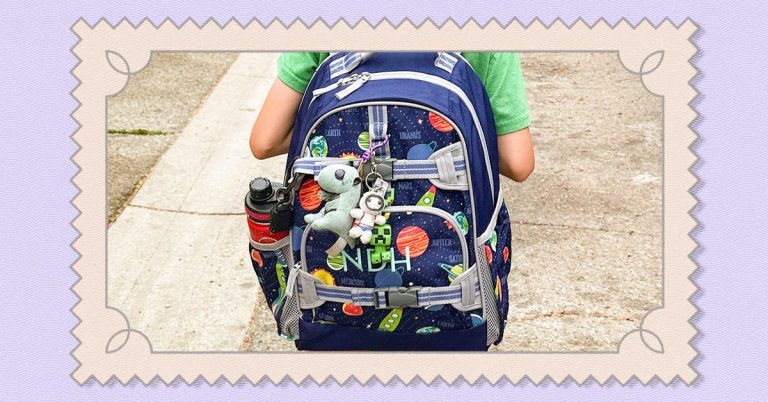How to Clean a Gas or Charcoal Grill
As a former gas grill hater, I’ll admit that I’m now on the propane train. They’re so convenient and simple to use, but it’s easy to let proper care and cleaning go by the wayside. That is, until you’re dealing with an annoying little grease fire.
Every time you grill

Make a habit of checking the grease pan and collection tray under the firebox. If these overflow, you’ll be scrubbing grease out of your grill and off your patio with degreaser. Hands-and-knees cleaning isn’t fun on concrete (or paving stones, or tile).

Then clean the grates. I scrape mine with a wire grill brush while the grill is hot, before I add food. Any leftover food bits from your last cook will get torched to carbon and will release more easily from the grates. However, “cleaning hot grates more easily damages the porcelain coating on cast-iron ones, allowing rust to form,” according to Joe Salvaggio of Big Apple BBQ (we interviewed him for our guide to gas grills). If you’re worried about scratching your grates, you can run your grill on high for 10 minutes with the lid closed, then let it cool completely before scraping the grates clean.
Some folks don’t like using wire brushes, for fear of a rogue steel bristle ending up in their food (though this shouldn’t be an issue if you properly wipe down the grates, as described below). Alternatively, you can scour your grates with wadded-up aluminum foil or a curly steel scour pad. We also love The Great Scrape Woody Shovel, a hardwood paddle with a straight tapered edge that you brand on hot grill grates, resulting in a scraper shaped just for your grill.
However you scrape your grates, finish by wiping the remaining soot and debris from the grates with a clean, wet rag (held with tongs), then follow up with a light coating of vegetable oil. You can use tongs and a paper towel (my preference) or a silicone basting brush for this step.

Inspect your burner hoods (the metal plates that sit directly above the burners) for grease buildup. These parts are specifically designed to prevent flare-ups by protecting the burners from dripping grease.

If there’s buildup on the hoods, clean them with hot, soapy water and a scour pad (you shouldn’t have to do this often). While you’re at it, turn on the burners and check the burner ports for clogs. If you spot any ports without a flame coming out, be sure to turn the burners off and close the propane tank; then use the little wire poker included with the grill to clear them out. If you don’t have a poker, a metal wire (or a metal cake-tester, if you have one) should also do the trick.
Deep cleaning and maintenance

After you’ve cooked the last burger of the season, thoroughly clean your grill before storing it for the winter. Remove the grates, burner hoods, and grease pan, and scrub them with hot, soapy water (or a food-surface-safe degreaser, like Simple Green) and a plastic scour pad. Do the same inside the firebox and lid. Thoroughly rinse and dry all parts before reassembling. Also, remove the battery from the igniter before storing your grill long-term so it doesn’t corrode.

Even if you follow the strictest cleaning and maintenance schedule, you will have to replace some parts on your grill as it ages. The burner hoods and cooking grates in particular take a lot of abuse and aren’t meant to last forever. My dad replaced these parts on his 17-year-old Weber Genesis four to five times (in his estimation) over the years.
Storage
Get a grill cover, or store your grill in a garage or shed to keep it clean and protected from the elements. If you don’t want to spring for a dedicated cover, you can also cloak your grill in a plastic tarp. It’s better than nothing! Cover your grill whenever you’re not using it, after it’s completely cool.






